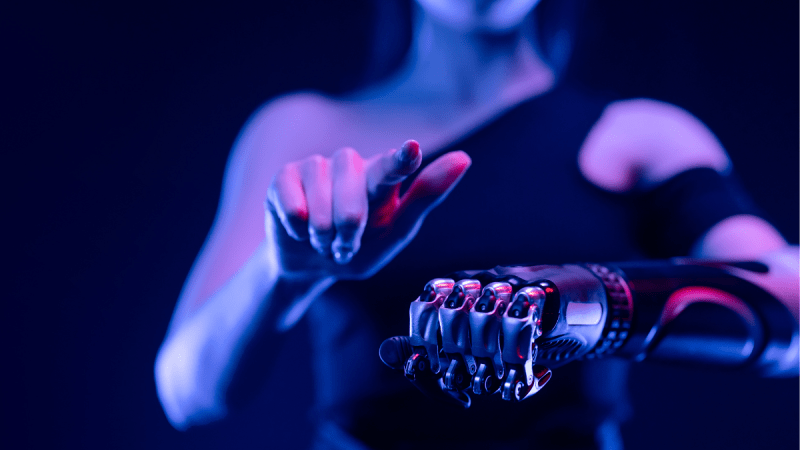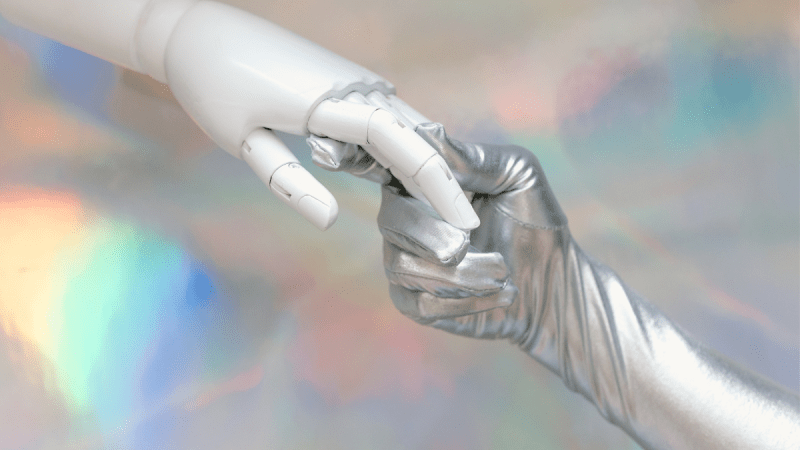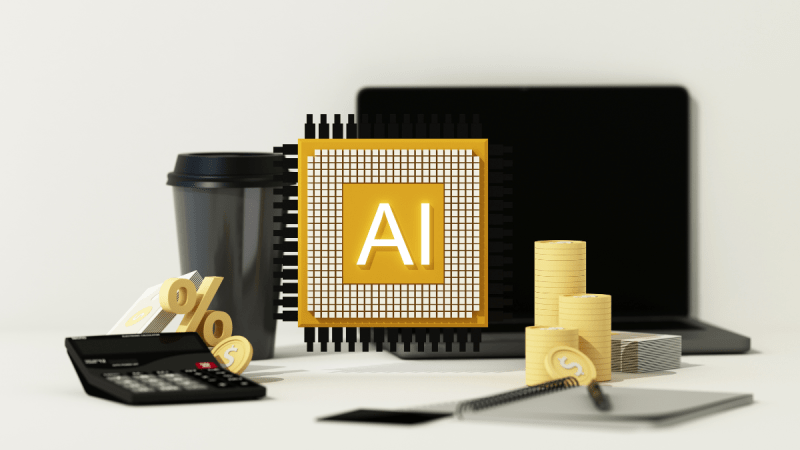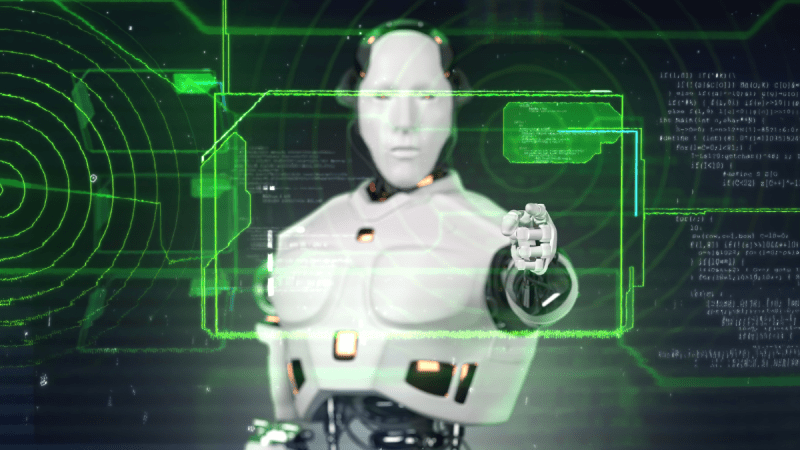AI-Powered UX Testing: Can Bots Spot Bad Design?
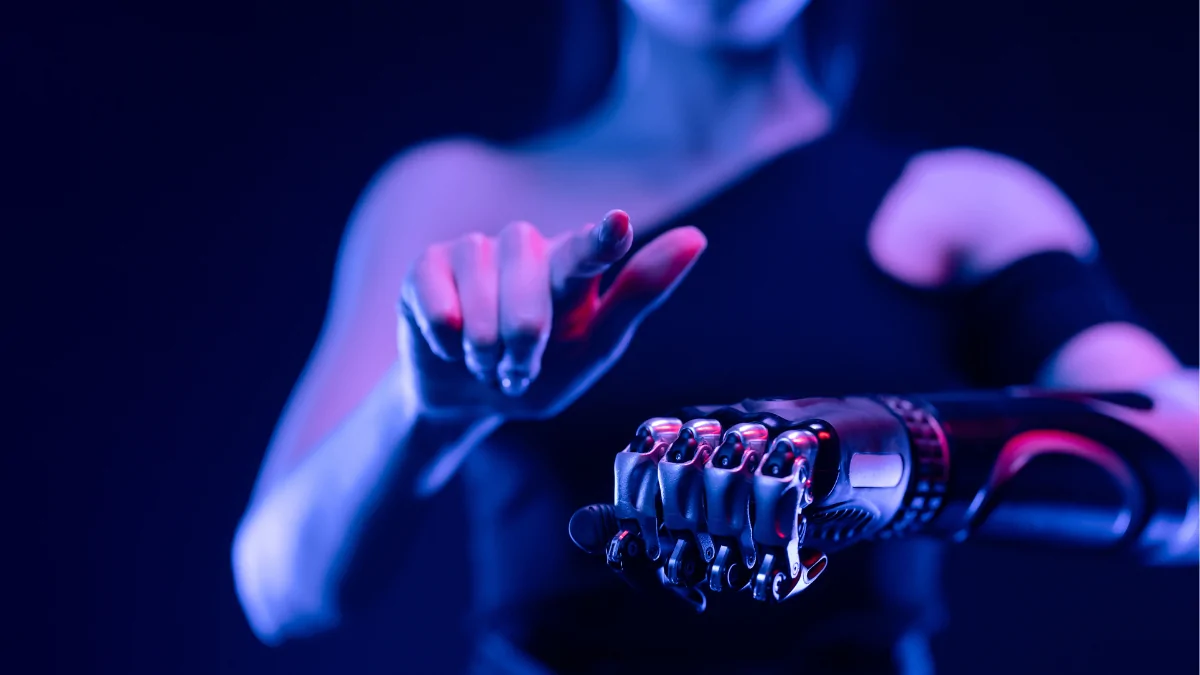
AI-Powered UX Testing: Can Bots Spot Bad Design?
As web presence is a key to the success of any business in the age of digital technology, website design companies are faced with an ongoing challenge – they need to constantly knock it out of the park. But identifying those deeper design flaws has always been laborious, expensive and relies on human testers. AI-powered UX testing: Enter bots that are analysing design usability and user behaviour at scale. But the question is: Can these bots really identify bad design as well as humans?
Let’s delve deeper into this technological frontier with actual numbers, the industry trends and its harmony with new age services such as custom chatbot development, android app development, and Business Process Automation Services.
The Price Of A Bad UX: Why It Matters To Every Website Designing Company
Never underestimate the power of a great user experience. Forrester Research found that implementing a design-centric user interface could make your website’s conversion rates go up by 200%, and a superior user experience design can make it soar to as high as 400%. Additionally, 88% of online customers won’t return to a website after a substandard experience, representing substantial revenue loss for companies overlooking design issues.
For web design agencies, this nugget alone highlights the importance of catching and correcting design mistakes before errors are created in development. That gap is where AI-fueled bots have become a seductive option.
How AI Bots are Used for UX Testing
UX tools utilising AI are changing usability testing completely by streamlining the tasks that were previously judged by people. These tools analyse thousands of user sessions, identifying problems like broken navigation, confusing site architecture, and design elements that don’t load.
The following are the important features of AI-driven UX testing:
- Heatmap Analysis: AI-driven tools can analyse the click paths, scroll patterns, and time spent on each section of a webpage so a website design company can see where users are experiencing friction.
- AI-Driven User Testing: Using AI, wide-ranging user behaviour can be simulated for accessibility, functionality, and device responsiveness issues — something those working on Android app development projects or multi-platform digital products are going to love.
- NLP: AI-driven models analyse feedback and reviews to recognise sentiment trends and identify areas for UX design improvement.
Featuring smart automation, they can perform usability tests round-the-clock, providing constant results without human participation.
The Advantages of AI-Driven UX Testing for Businesses
For businesses that provide specialised Business Process Automation Services, embedding AI-driven UX testing in their pipeline delivers a variety of benefits.
- Speed and Scale: There is no way that a human tester could analyse thousands of interactions in minutes, but that is what AI bots can do.
- Cost savings: Reduces the cost of manual testing and maintains 100% coverage.
- Insights from Data Driven: Actionable reports based on patterns of user behaviour, making it easy for teams to prioritise fixes that yield the most ROI.
- Connectivity to other Services: AI testing is a natural addition to a custom chatbot development, emulating the whole range of conversations, exposing UX weaknesses in bots, apps or digital products.
For example, companies that have been using AI for UX testing report that they can deliver new features or updates to market 40% faster.
The Limitations: What AI Can’t Do on Its Own
The AI-powered UX testing, while promising, is no substitute for human insight, however. Recent works suggest that AI approaches such as UX-LLM achieve 61%-66% precision but suffer from a low recall rate of 35%-38%. This is because while some of these pain points are addressed with great accuracy, a lot of them are not, and things like:
- Emotion and Understanding: AI does not understand emotions—it does not feel your frustration or joy – an important signal for the overall experience.
- Why users hate bots 73 Cultural Context: Aesthetic details that resonate in one part of the world may alienate in another, but bots have limited ability to recognise the nuance of this.
- Creative Problem Solving AI misses the creativity that human designers employ when solving problems in special cases of UX.
So while AI does offer scale and efficiency, the optimal outcomes come from AI/human collaboration–bots bring attention to potential issues, and designers then make context-heavy decisions.
Ethical Issue and Patient Confidentiality
As AI UX testing tools are able to process much larger datasets of user behaviour with high accuracy. Thus, website design agencies should consider GDPR, CCPA, and other data protection laws. 6 Anonymising user data and securing test environments are now also not just best practice, but necessary to breed trust and avoid legal action.
Furthermore, AI models must be trained responsibly to prevent bias from being received and acted upon, even when simulating a range of diverse user personas in android app development or products intended to be inclusive of many.
Why AI-Driven UX Testing Is the Future of Digital Design
The combination of intelligent automation with UX design is changing the way websites and applications are tested and is producing a better product overall. Top brands are already utilising AI tools to:
- Use Past Interactions to Personalise Digital Experiences.
- Personalised digital experience, repetitive things, and let the UX guys get creative.
- Even in the case of personalised chatbot development, AI-based UX bots mimic user questions and analyse to determine how well conversational flow is built for a seamless and instinctive chatbot interaction.
As design iterations speed up, so too will tools to aid BPA Services evolve to cover UX testing. AI makes for a 24/7 tireless monitor—ensuring that websites and apps are always optimal and grow according to how users’ preferences and technology trends change over time.
AI and humans: Harmonious Duo: The Best and the Worst way to do it
The general verdict from UX experts: AI bots should be complementary, not superior, to human judgment. So, together, AI-enabled data customisation and human imagination can be faster by means of better, and more sensitive design decisions.
A powerful illustration of this synergy is also exemplified in the latest development workflows should Embrace AI for Faster Design-to-Code Workflows, which emphasise how AI cuts production timelines while preserving design quality.
Final Thought
AI-driven UX testing. For any website design agency, AI UX testing can no longer remain optional — it is a necessity if you wish to remain competitive in the digital realm. “From early wireframes to post-launch performance analysis, AI bots bring unmatched speed, scale, and insight.” They’re proving to be better, but their shortcomings underscore the irreplaceable importance of human judgment.
Combining AI-driven tools with manual UX reviews, companies can now optimise not only web interfaces but also chatbots, apps, and automated call-handling systems. Companies that are delivering whatever their business demands — custom chatbot development, android app development, or intelligent automation for that matter — in this hybridised manner will probably drive the next generation of digital revolution.
In this shifting environment, UX-centric AI solutions will be increasingly embedded in Business Process Automation Services to make digital products effective and fun to use.

